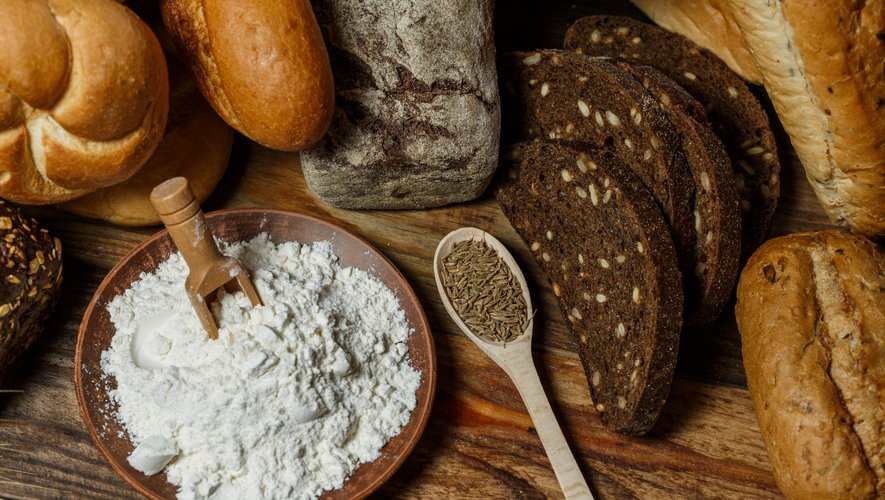May 16 is World Celiac Disease Day. The opportunity to take stock of this pathology which would be largely under-diagnosed.
An autoimmune disease
Celiac disease is a chronic autoimmune disease that affects 1% of the population. “In some people, the ingestion of a protein present in flour (wheat, barley, rye) – gluten – triggers an exaggerated reaction of the immune system, resulting in inflammation leading to the destruction of the villi of the intestinal mucosa” , notes the French National Society of Gastroenterology (SNFGE). Celiac disease is therefore not a food allergy but an autoimmune disease linked to a genetic predisposition. According to the SNFGE, only 10 to 20% of cases are diagnosed.
Digestive and non-digestive symptoms
Symptoms of celiac disease are extremely varied and can occur late. To make the diagnosis, a blood test for the immunoglobulin A (IgA) anti-transglutaminase antibody is performed. A biopsy of the lining of the duodenum is sometimes necessary.
Digestive symptoms include:
- chronic diarrhea
- Abdominal pain
- Bloating associated with flatulence
Non-digestive symptoms like:
- Prolonged fatigue
- Anemia (iron deficiency)
- Recurrent canker sores
- dermatitis herpetiformis
- Osteoporosis, which can cause fractures
- Peripheral neuropathy
Celiac disease could also be the cause of unexplained infertility.
Elimination of gluten from the diet, the only effective treatment
“Gluten” is a generic term for proteins found in wheat, barley, rye, spelled and kamut. It is formed at the time of humidification by the association of two types of proteins, prolamines and glutenins. Gluten is therefore not present in cereals in their raw state.
Avoidance of gluten in the diet is the only treatment to eliminate the symptoms. Which can be complex. Indeed, according to the French National Society of Gastroenterology, one out of two celiac sufferers does not observe a gluten-free diet, sometimes involuntarily.
Read labels carefully
On the labels, some ingredients remain unknown to the general public. Here is the list of all those to flee:
- Wheat starch and other prohibited cereals
- Plant amino acids
- Seasoning (unspecified)
- oats
- Wheat or wheat
- Spelled (ancestral wheat)
- wheat starch
- Starch (unspecified)
- Unspecified gelling agents
- Kamut® (ancestral wheat)
- Malt
- Starchy materials
- Barley
- Unleavened bread (unleavened wheat flour)
- Polypeptides
- vegetable proteins
- Rye
- Triticale
- groats
- protein binder
Foods guaranteed gluten-free
For many foods, it is therefore advisable to inspect the label in order to check the composition, for others, it is simpler: fresh vegetables and fruits, fresh meat and fish, fresh eggs do not contain of gluten. All processed products need to ensure that no prohibited cereal is included in the preparation.
As for cereals, their derivatives, legumes and potatoes, here is what is authorized:
- Potatoes: fresh, pre-cooked, vacuum-packed
- Potato starch
- Rice and its derivatives, rice cream, rice semolina
- Flour, bread, rusks, biscuits, pastries, pasta, and other gluten-free specialties
- Pulses: fresh, canned in nature, frozen in nature, flour of pulses (pure)
- Soy and soy flour (pure)
- Chestnuts and their flours (pure)
- Corn and derivatives: cornstarch, corn flan, semolina, grains
- Buckwheat (buckwheat) and pure flour, pure homemade pancakes
- Millet and derivatives: semolina
- Cassava and derivatives: tapioca, tapiocalin, tapioca cream, sorghum
- Yam
- Yam
- Jerusalem artichoke
- Breadfruit
- Quinoa

